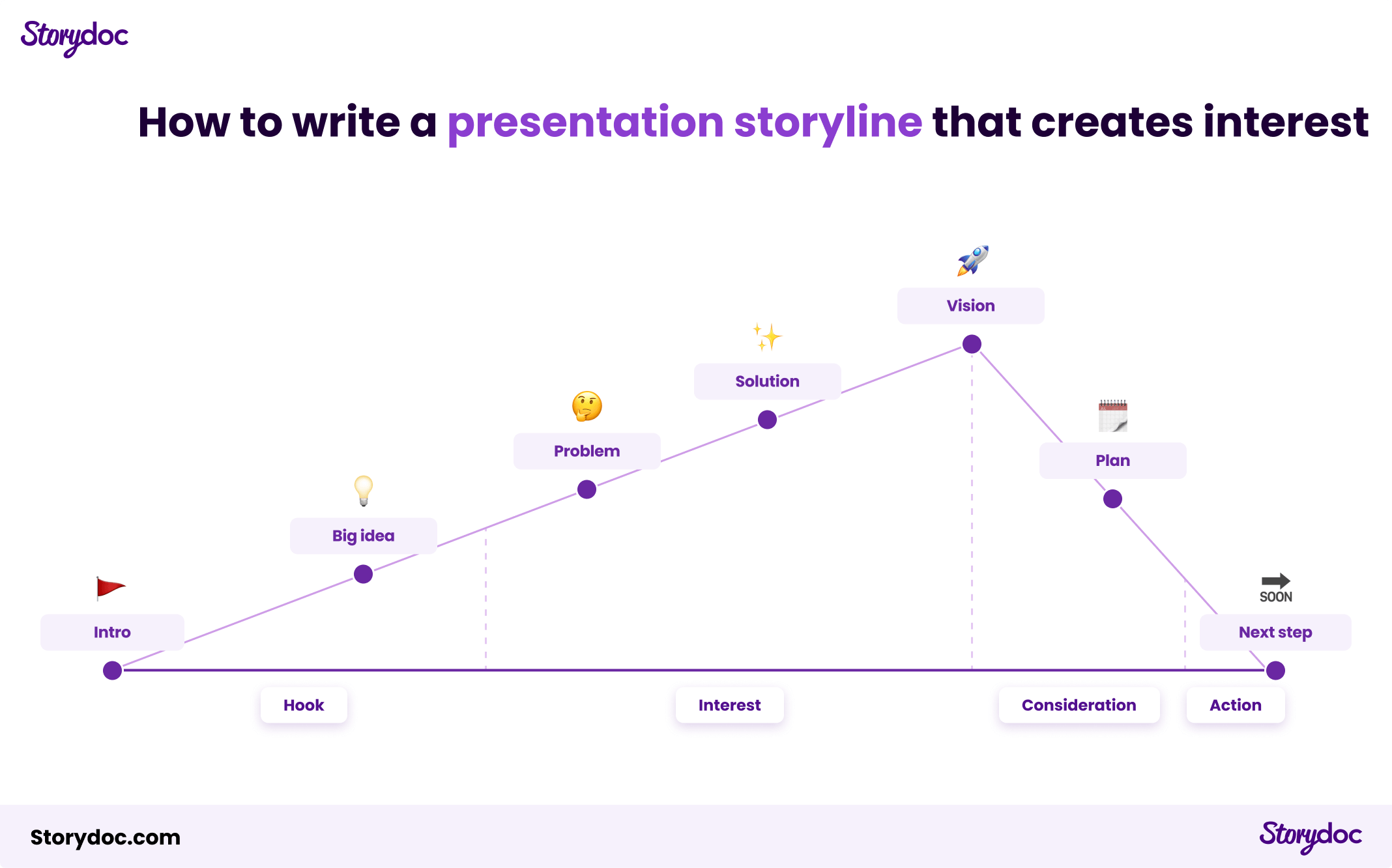How do you create a case study format for marketing success?
Step 1: Uncover a tale of success
The first step in creating a case study format that resonates is identifying a success story worth sharing. Look for a customer who has achieved remarkable results with your product or service.
Their journey will serve as a powerful testament to the value you provide.
Step 2: Connect with the customer
Reach out to the customer and initiate a conversation. Express your interest in featuring their success story as a case study. Build rapport and ensure their willingness to participate.
Cultivating a collaborative relationship lays the foundation for a compelling narrative.
Step 3: Dive into the story
Conduct an insightful case study interview to uncover the details behind their success.
Ask open-ended questions that delve into the challenges they faced, the solutions they sought, and the outcomes they achieved.
This step allows you to capture their experiences authentically and gather the necessary information for a compelling case study.
Step 4: Weave the narrative
Begin by structuring the story in a way that engages readers from start to finish. Outline the customer's challenges, the innovative solutions you provided, and the measurable results they experienced.
Use a storytelling approach to make the case study relatable, highlighting the transformation your customer underwent with your assistance.
Step 5: Distribute your case study
A case study's true impact lies in its visibility. Promote your case study across various channels to maximize its reach.
Share it on your website, company blog, and social media platforms. Leverage email marketing to distribute it to your subscriber base with a similar customer profile.
Consider collaborating with industry publications or partners to increase its exposure.
By actively promoting your case study, you ensure that it reaches the right audience and generates the desired marketing success.












